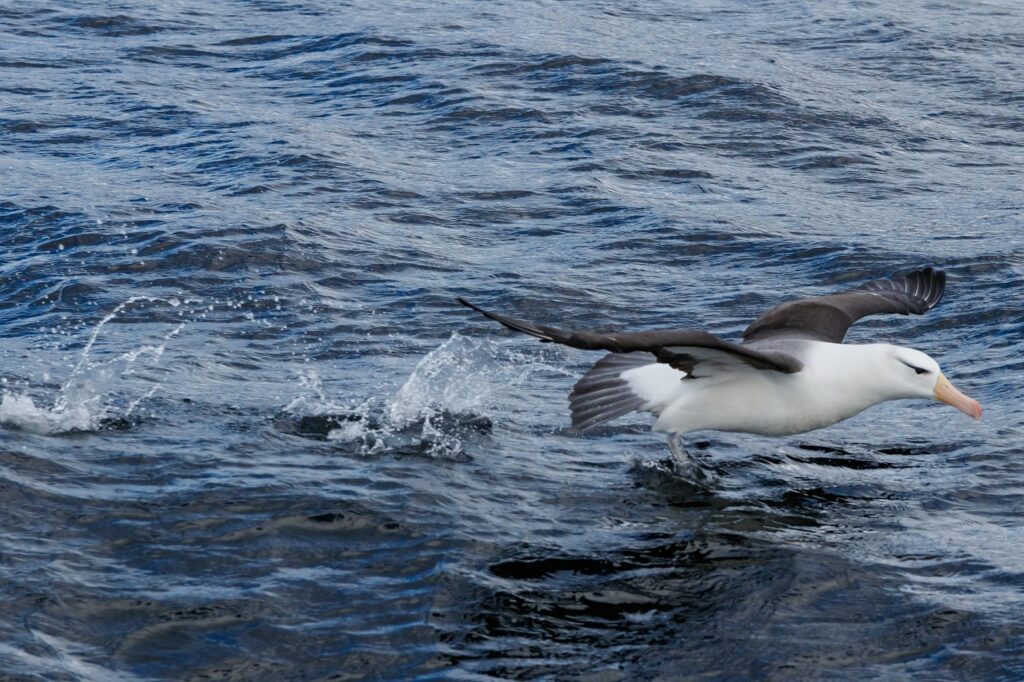Every now and then I stumble onto an unschooling idea that resonates in ways I maybe could or even should have predicted and yet didn’t anticipate. What I love most about those ideas and moments is the way they often build on and play off of each other. One such recent example of this has to do with birds and birding and the albatross. In preparation for some of the topics we study, I tend to create lists of educational videos from the streaming services to which we have access.
In this process, I discovered a six-episode series on migrations (narrated by Jeremy Remmer, by the way, who is awesome). One of the ones we watched included a segment on albatrosses. Interestingly, as we watch these documentary videos, my teens become deeply invested in the survival of each species’ focal subject and, as my 14 year old pointed out the other day, these videos tend to be more gripping than a fictional movie (and she’s not wrong about that).

Because of this new-found interest in the albatross, which was also mentioned in the read aloud we were doing, when I chanced on a nonfiction picture book at the library, A Perfect Day for an Albatross, I of course checked it out; it was a wonderful story of an albatross pair told from the perspective of one of the albatrosses to capture the dancing, mating, nesting, and feeding habits of the bird. As it turns out, that book was put out by the Cornell Lab of Ornithology and included a notes section about their website and their bird cameras set up throughout North America. Of course we immediately checked out the albatross camera set up in New Zealand.
Because our first viewing was still before daybreak, we cycled through a few other streaming camera options before returning to the albatross cam. There were many delighted yelps of oohs and awwws as the bird on the screen slowly woke with the daylight and preened. Teenagers or not, these two young women love cute animals of any variety, and the albatross falls easily into this category.
What I love about these organic and synergistic journeys of learning is the opportunities it provides my teenagers to explore things that draw them in and piques their natural curiosity. What they don’t always realize is the learning taking place as they watch a video, read a book, encounter a passing reference of the same topic, and they put it all together to create a deeper understanding of a topic or a series of topics. For example, a few different sources of information regarding the albatross discussed the natural habitats and environmental impacts affecting the albatross. It raises their awareness, but it also opens the door to conversations and the opportunity to refer back to critical thinking and logical fallacies.

But more than anything, these kinds of learning experiences bring all of us together and invite further connections among us. This, in turn, helps strengthen our relationship. It unites us in delight and in enjoyment as we learn and explore together; we also, a lot of the time, ooh and aww together. Sure, some of these topics will be short-lived, but others spark a deeper curiosity and those continue to draw them forward and draw them in. Will either teenager become a birder like me or their dad? Who knows. But these small adventures in curiosity feed that part of each of us that may invite us to further exploration or at least provide for a new appreciation. I love that I get a front row seat to these moments and I am excited to see what kind of lasting impact they have on all of us.
